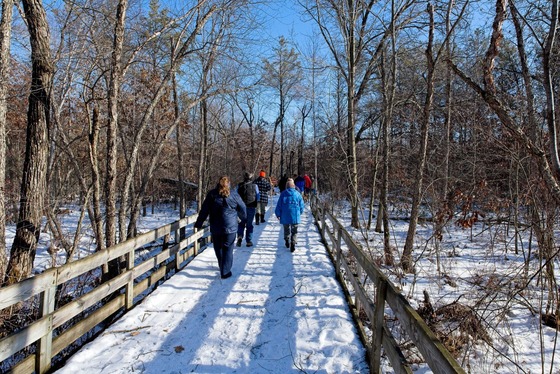DNR Confirms Cases Of Epizootic Hemorrhagic Disease In Chippewa, Jackson And Waukesha Counties
MADISON, Wis. – The Wisconsin Department of Natural Resources (DNR) today confirmed that tissue samples collected from one deer in Chippewa County, two deer in Jackson County and one deer in Waukesha County have tested positive for the virus that causes epizootic hemorrhagic disease (EHD).
The virus that causes EHD is spread between deer by midges, which are small flies also known as biting gnats or no-see-ums. The virus does not infect humans, even if a person handles infected deer, eats venison from infected deer or is bitten by infected midges.
Clinical signs of EHD in deer often include excessive salivation, foaming around the nose and mouth and appearing weak or approachable by humans. Carcasses found in or near water sources may also be a sign, as infected deer will often lay in water to cool down or drink.
How To Report Sick Or Dead Deer
Anyone who observes a deer that appears to be displaying clinical signs of EHD or is found dead in or near water is encouraged to contact the DNR quickly. To report a sick or dead deer, email DNRWildlifeSwitchboard@wisconsin.gov or call 608-267-0866. You must leave a message for wildlife management staff to return your call. Reports of sick or dead deer are important to gaining a better understanding of the disease.
If reporting a suspected case, please provide details about the number of deer, the body condition of the deer/carcass(es), the exact location (including the county) and your contact information. Cases where EHD is suspected may be investigated, and fresh samples will need to be collected within a day or two of death in order to detect the virus. The DNR will only test deer for EHD if the report is in a new county or a separate location from where the disease is already confirmed.
EHD is not transmitted through carcasses or the environment after decomposition. Thus, the DNR will not collect or remove deer that are suspected to have died from EHD. The DNR also advises against handling any found deer carcasses because other harmful pathogens could be present.
About Epizootic Hemorrhagic Disease
EHD is common across the southern and western United States, occasionally showing up in the Midwest. It can be fatal to deer, especially in populations that have limited previous exposure to the virus, such as in Wisconsin. The disease is typically short-lived, as the flies that transmit the disease die with the first hard frost. When deer die of EHD, it typically happens within seven days of infection.
Additional information about EHD is available on the DNR’s EHD webpage.
NOTE: This press release was submitted to Urban Milwaukee and was not written by an Urban Milwaukee writer. While it is believed to be reliable, Urban Milwaukee does not guarantee its accuracy or completeness.
Mentioned in This Press Release
Recent Press Releases by Wisconsin Department of Natural Resources
DNR Confirms CWD in Wild Deer in La Crosse County
Dec 22nd, 2025 by Wisconsin Department of Natural ResourcesBaiting And Feeding Ban Extended























